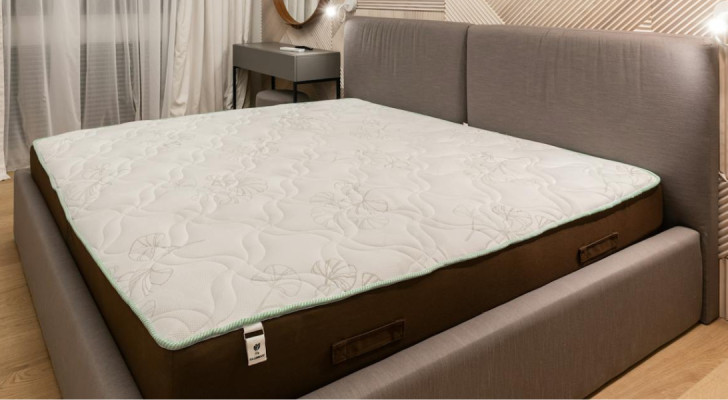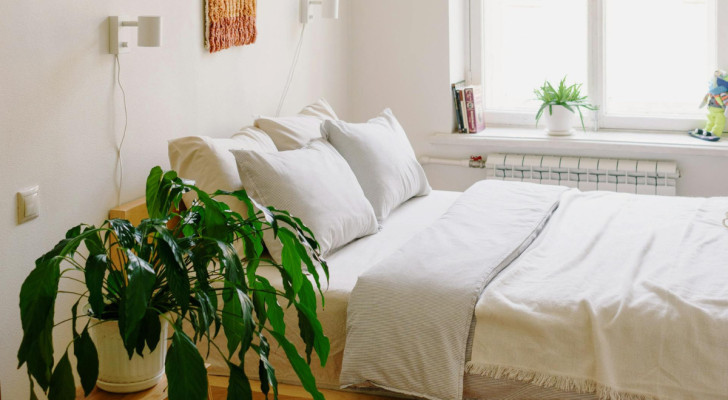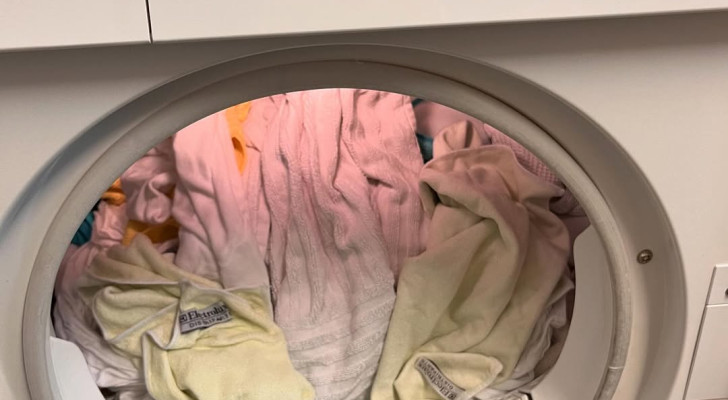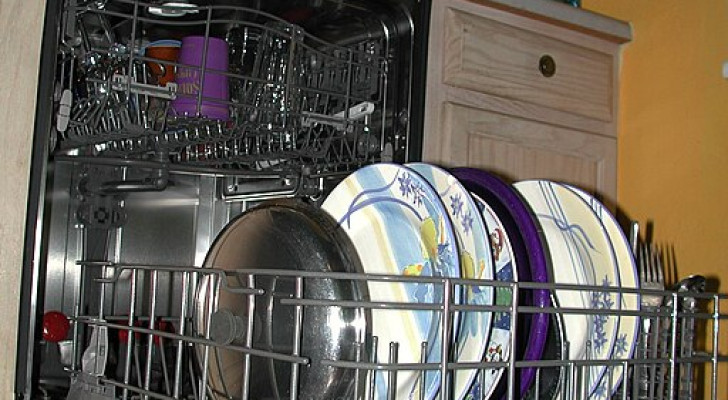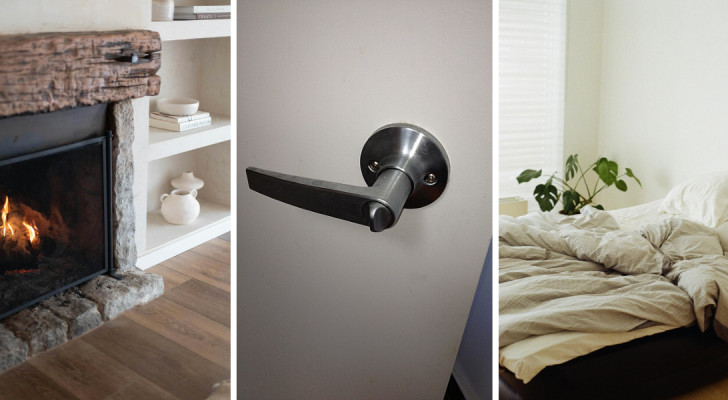Using weighted blankets to get a better night's sleep: what are these blankets and how does one take care for them?
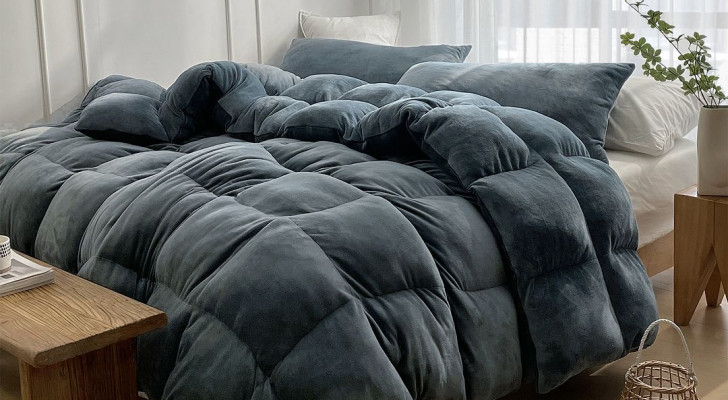
@comainducer/Instagram
Not getting enough quality sleep not only compromises your daily performance of your work and other activities, but could also lead to a number of health problems.
Amongst the possible solutions to ensure truly restful nights, weighted blankets are deemed by many to be the most effective.
What are the benefits of using weighted blankets and what's the best way to take care of them? Well, keep reading to find out more:
What are weighted blankets and how do they work?
Also known as therapeutic blankets, weighted blankets are blankets that weigh significantly more than regular types - typically weighing between 6 and 11 kg.
Thanks to this weight, therapeutic blankets exert a greater pressure one's body, simulating one being hugged. The benefits of using weighted blankets include:
- a reduction in the time it takes to fall asleep;
- longer duration of sleep;
- reduction of movement during the night (ie. thrashing around);
- deeper relaxation;
- improvement in mood.
Types of weighted blankets
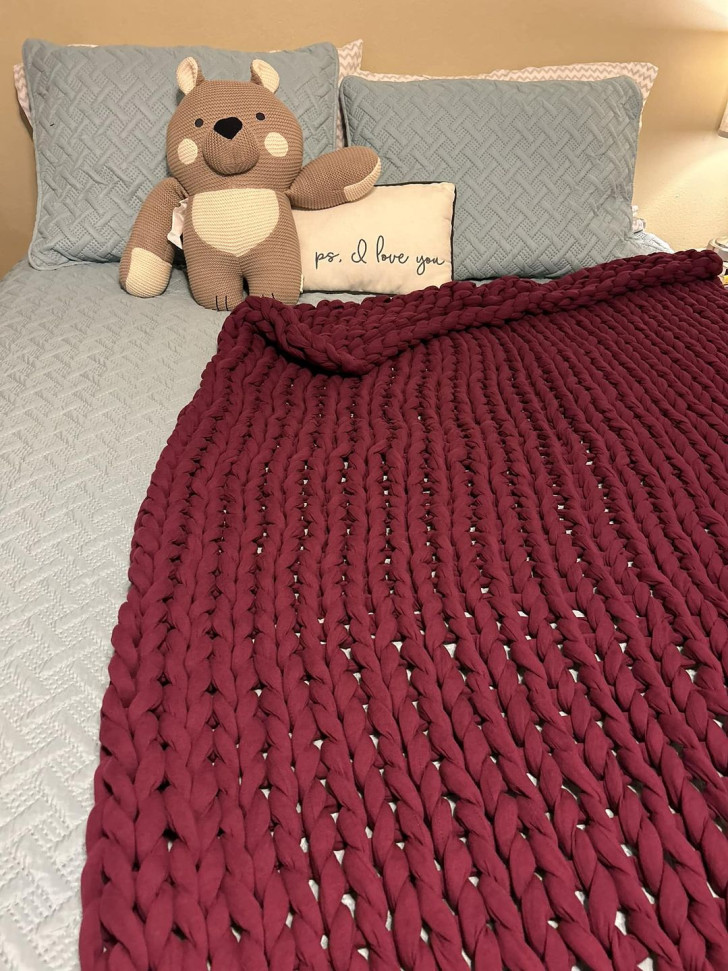
@sandrared129/Instagram
There are different types of weighted blankets, and they are primarily distinguished by the fabric they are made of:
- microfibers: a soft and stain-resistant synthetic material, this fabric is ideal for those who are looking for a little warmth in addition to the weight;
- wool: an all-natural material known for its ability to regulate body temperature in different climates, wool is amongst the most delicate of blanket materials and requires greater care;
- bamboo: an increasing popular all-natural material (and similar to wool), bamboo fibers are able to regulate body temperature, as well as being the most suitable for use where any allergies are involved;
- cotton: breathable and capable of absorbing humidity (wicking), cotton is the ideal material for those who want to enjoy the benefits of a weighted blanket in warmer climates.
The padding/weights used in the blanket can also be made of different materials, although using glass beads is the most common practice.
How to wash weighted blankets

@seejanetravel.tv/Instagram
How to wash weighted blankets differs depending on the materials the outer covers and the inner padding are composed of. That said, the manufacturer's washing labels will provide you with the required information:
- Delicate fabrics should preferably be washed by hand with a mild detergent; once done, rinse out with plenty of cold or lukewarm water;
- Most weighted blankets are made of fabrics that can be washed in a washing machine. That said, always select a delicate program at low temperatures and exclude the spin cycle;
- To dry weighted blankets, it is best to avoid using a dryer; dry the blanket in the open air, away from direct sunlight (unless stated otherwise by the washing instructions label).
Do you use a weighted blanket?
